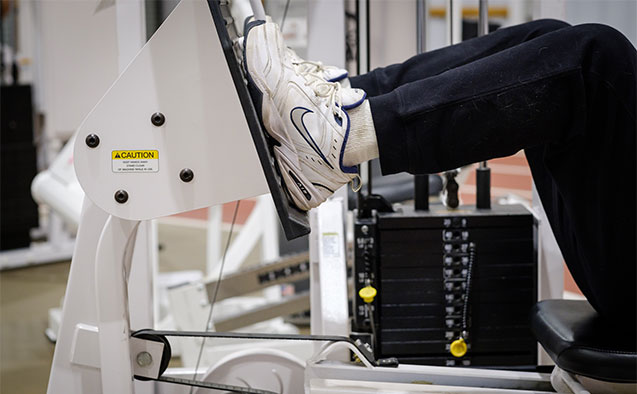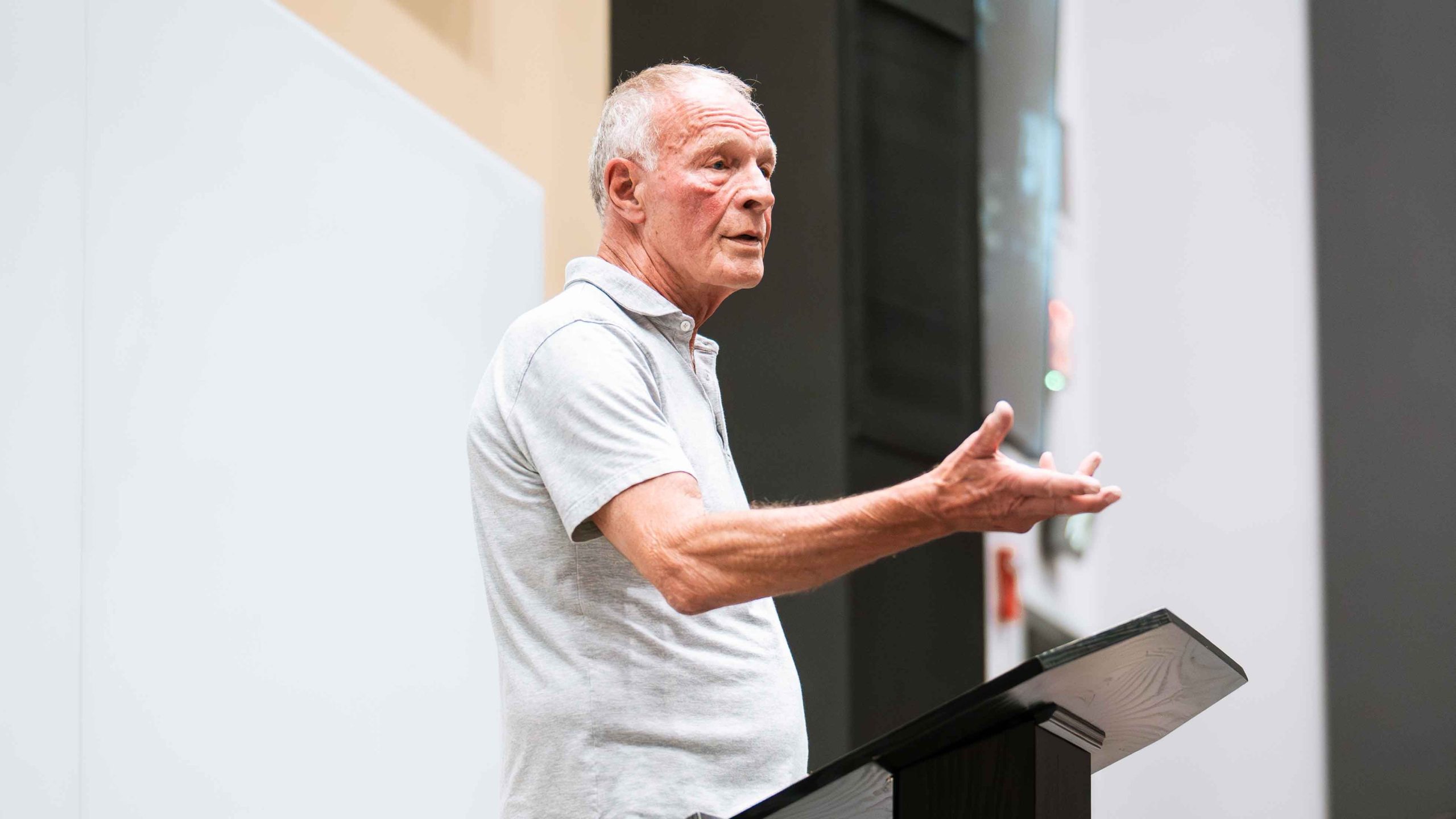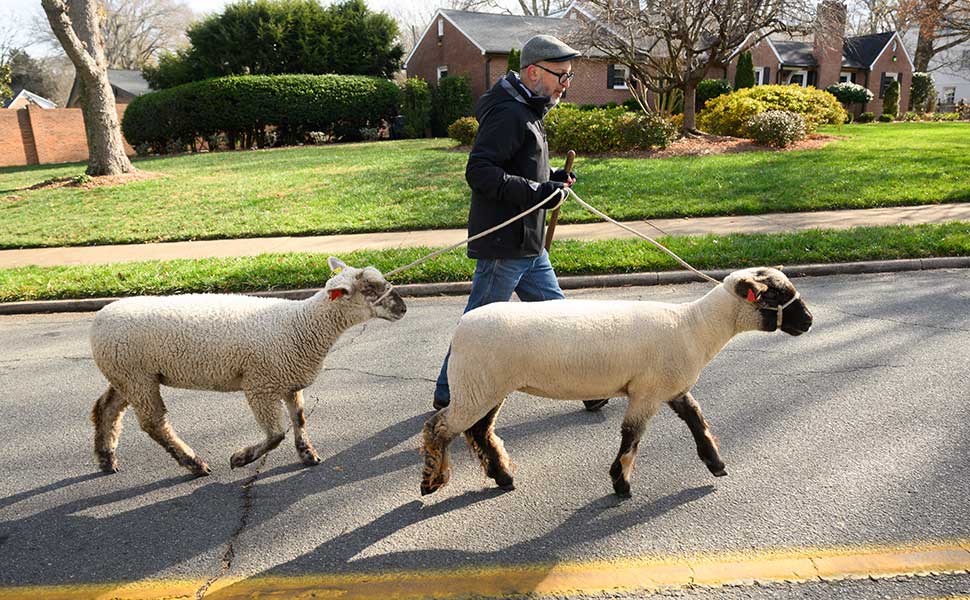Why the Y: Older adults need support for healthy weight loss in 2018

If you’re trying to drop a few pounds in 2018, forget the fancy gym memberships and the home-delivered diets. Researchers at Wake Forest University say seniors whose New Year’s resolution is to lose weight succeed with a much cheaper and more accessible solution: classes at community fitness centers such as the YMCA.
The findings are part of a large, randomized controlled clinical trial, Cooperative Lifestyle Intervention Program-II (CLIP-II), which evaluates the effects of diet- and exercise-induced weight loss on mobility in obese, older adults in a community setting. In this case, it was three YMCA facilities.
Researchers learned that YMCA staff, with minimal training and monitoring, can help overweight seniors lose weight through diet and exercise comparable to state-of-the-art – and expensive – weight-loss management programs.
“The connection the diet and fitness staff built with these older adults was absolutely pivotal to the results that we saw,” said Jack Rejeski, Thurman D. Kitchin Professor of Health and Exercise Science at Wake Forest and co-principal investigator for CLIP-II.
“People think technology has all the answers. But in this study, as in most of my work, relationships made the difference.” Jack Rejeski, Thurman D. Kitchin Professor of Health and Exercise Science
Tony Marsh, also a professor of health and exercise science and Rejeski’s co-principal investigator, trained the community center staff for the CLIP-II study. He said there are three core reasons why their efforts kept study participants engaged and committed to losing weight:
- Staff provided very specific advice on what participants needed to do to make a change.
- The study team really listened to participant feedback. “We tried not to push things on people,” he said. “It’s not a boot camp. The YMCA staff were very empathetic and understanding.”
- Participants were held accountable every day, through tracking weight, level of activity and ability to move.
Community center staff also were sure to point out quality-of-life improvements with participants.
“If you know you couldn’t pick up your grandchild and now you can, that’s a clear demonstration of the impact on your life,” Marsh said. “One participant told us that she could start gardening in her sloping back yard because she had built the strength to keep her balance.”
CLIP-II studied 249 men and women age 60-79 who were overweight and exercised very little. For 18 months, they followed one of three weight-loss regimens: diet alone; diet plus walking for aerobic exercise; or diet plus resistance (weight) training. Funding came from the National Institutes of Health/National Heart, Lung and Blood Institute and the National Institutes on Aging.
All three groups lost weight. The groups that combined diet and exercise interventions lost the most: on average, nearly 20 pounds.
Interestingly, the group that combined weight training with diet lost more fat and less muscle mass – keys to maintaining mobility and staving off injury as you age.
And because this study was done in a community setting instead of a lab, the results can be replicated in community fitness centers everywhere – especially at a time of year when weight-loss resolutions abound.
“This is a practical, pragmatic approach to weight loss that anyone can do with the right guidance,” Rejeski said.
Categories: Research & Discovery
Wake Forest News
336.758.5237
media@wfu.edu
Meet the News Team
Wake Forest in the News
Wake Forest regularly appears in media outlets around the world.




